Paleo, Whole30, Clean Eating: Everything You Need to Know About Trendy Diets
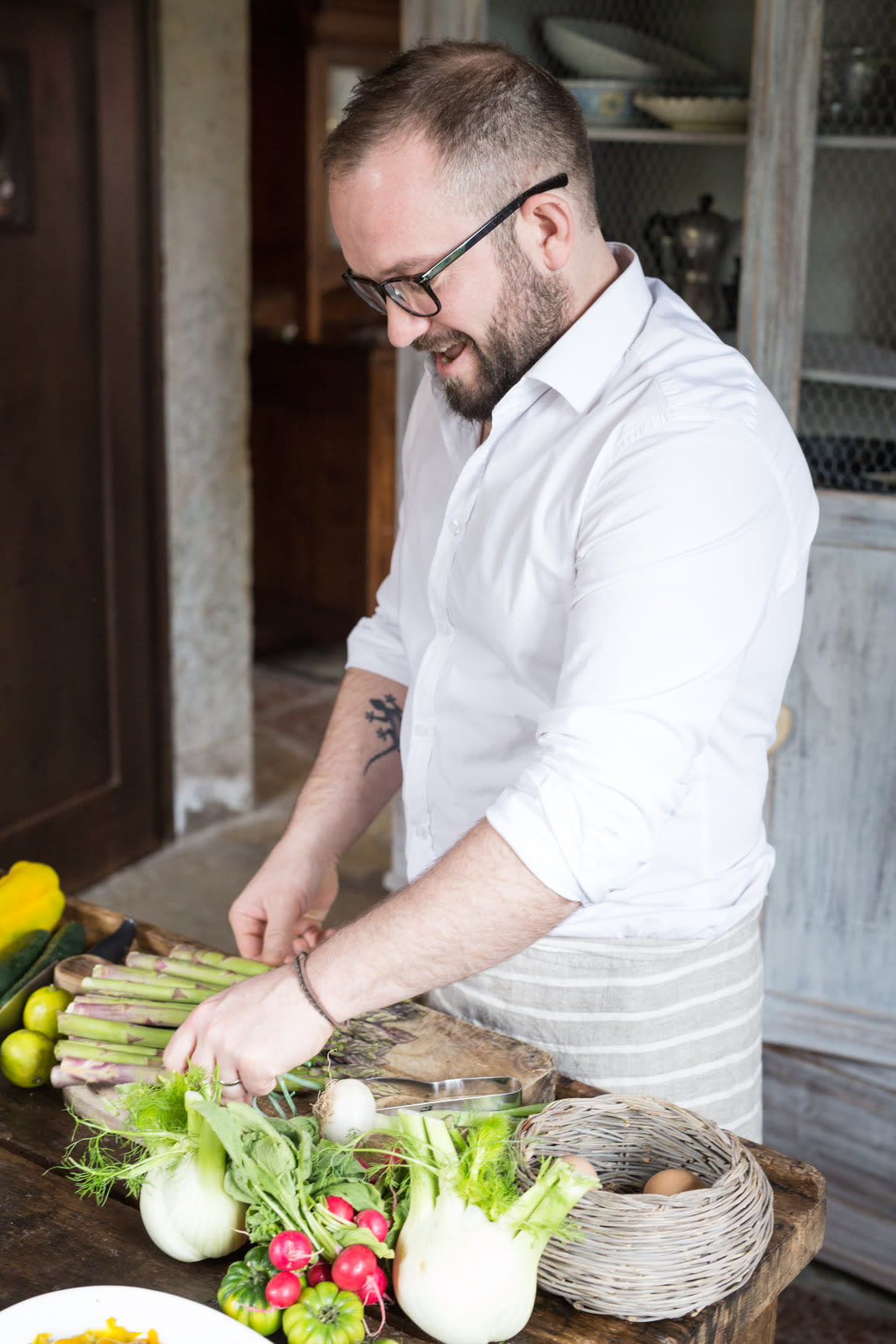
Photo: Stocksy/Alberto Bogo
It’s January, which means countless numbers of Americans will be taking a hard, long look in the mirror and vowing to make “real” changes. Most of these changes will revolve around food, namely eating more healthy food and eating less junk food. When it comes to diets, I tend to favor Michael Pollan’s deceptively simple advice: “Eat food, not too much, mostly plants.” It’s seems so easy, but one man’s “food” is another man’s toxic GMO poison disaster.
Humans are forever searching for that perfect diet that will transform them into who they are truly meant to be: a person without pain, without excess weight, and with a sense of smug superiority that comes about from eating the “right” way. There probably isn’t one ideal diet out there that works perfectly for everyone, but there certainly are a lot of diets out there that work well for some people. In short, there are many ways to complicate the process of eating in an attempt to be healthy, and these are some of the best.
More: 7 Things to Avoid at All Costs If You’re Trying to Slim Down
‘Clean Eating’
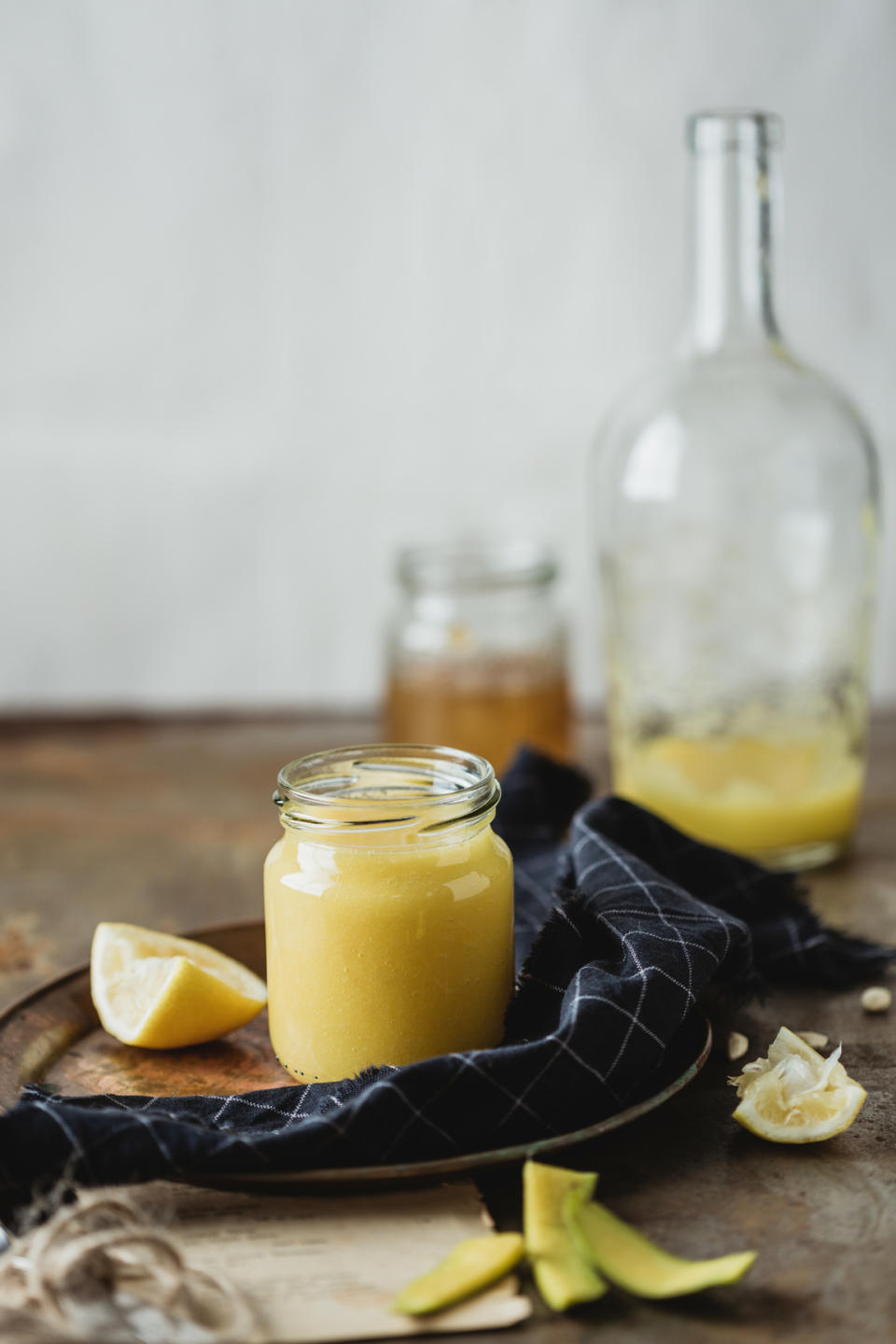
Photo: Stocksy/Tatjana Ristanic
If “clean eating” were a person, it would be Gwyneth Paltrow. More than a hashtag and less than a diet, eating cleanly seems to a kind of nebulous light and airy lifestyle, full of green juices, acai bowls, and regular bowel movements. Highly processed foods are shunned, and vegetables, nuts, and farm-fresh eggs are embraced. Clean eaters are also warned to avoid foods with ingredients they can’t pronounce, which wouldn’t work for me, as I cannot for the life of me pronounce sandwich correctly.
More: The Worst Thing About These 8 Popular Diets
Pros: With a focus on eating whole, unprocessed foods, clean eating is less about restriction and more about adding nutrition. Eating things that grow in the ground is never a bad approach, and pasture-raised, farm-fresh eggs tend to be more ethical than their factory-farmed counterparts.
Cons: The whole thing is kind of nebulous. While an apple may seem as clean as you can get, some would argue that only organic apples grown without pesticides would be truly clean, which raises the question: How clean is clean enough? There’s also a classist element to clean eating. If only organic meat and produce is clean, are the folks who can’t afford it dirty?
Best books: In Defense of Food: An Eater’s Manifesto and Food Rules: An Eater’s Manual, both by Michael Pollan
Best blogs: Hemsley + Hemsley, 100 Days of Real Food (there is also a book by the same title), Minimalist Baker, Oh She Glows, The Iron You, Goop
More: 12 Foods Nutritionists Refuse to Eat at All Costs
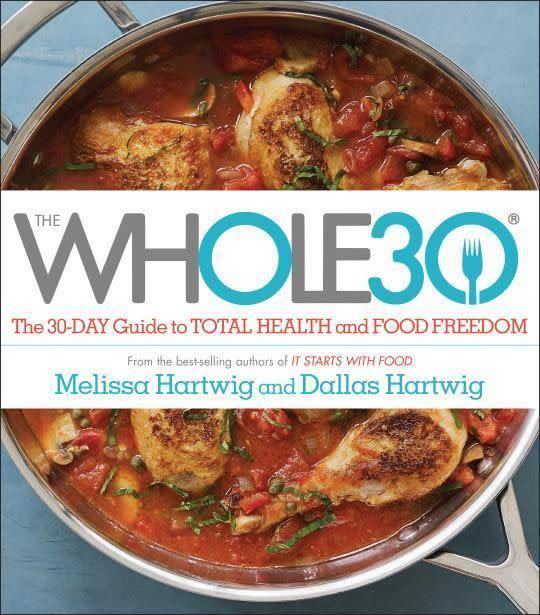
Whole30
This is the elimination diet that made elimination diets cool. The program is a 30-day “detox” that requires the complete removal of alcohol, sugar, grains, legumes, and dairy, as well as other additives like MSG and artificial sweeteners. Like “clean eating,” whole foods are the focus, but unlike clean eating, there are very strict rules that must be adhered to for a very specific amount of time. The goal of Whole30 is to “push the ‘reset’ button with your metabolism, systemic inflammation, and the downstream effects of the food choices you’ve been making.”
Yahoo Food editor Rachel Tepper went on the Whole30, and documented the sometimes tortured results. Read about her first Whole30 week here; Week 2 is here, Week 3 here, and the end result here.
More: Jennifer Aniston Is Totally Obsessed With the Taco Cleanse
Pros: There is never any confusion about what you can and cannot eat. If you like rules, you will love Whole30. It’s also very easy in its own way. There’s no calorie or point counting, no measuring out exact portions, and you don’t have to worry about labels like organic or pasture-raised. Oh, and you’re not allowed to weigh yourself, which is frankly fantastic.
Cons: Your social life will take a dramatic hit. Unless you live in a city that caters to special diets (cough, cough, Portland, Ore.), eating out is impossible. You can have people over to eat your Whole30-approved food, but forget about opening that bottle of wine guests bring you. You also better be skilled in the kitchen. The easiest way to follow this diet is to cook everything yourself — morning, lunch, and dinner. There is also no room for cheating at all, not even a little bit. “One bite of pizza, one splash of milk in your coffee, one lick of the spoon mixing the batter within the 30-day period and you’ve broken the “reset” button, requiring you to start over again on Day 1.” It’s all rather dramatic.
Best books: The Whole30 and It Starts With Food, both by Dallas and Melissa Hartwig
Best blogs: The Whole30 blog, Good Cheap Eats, and, while not a blog per se, check out Rachel’s first-person account of being on the diet.
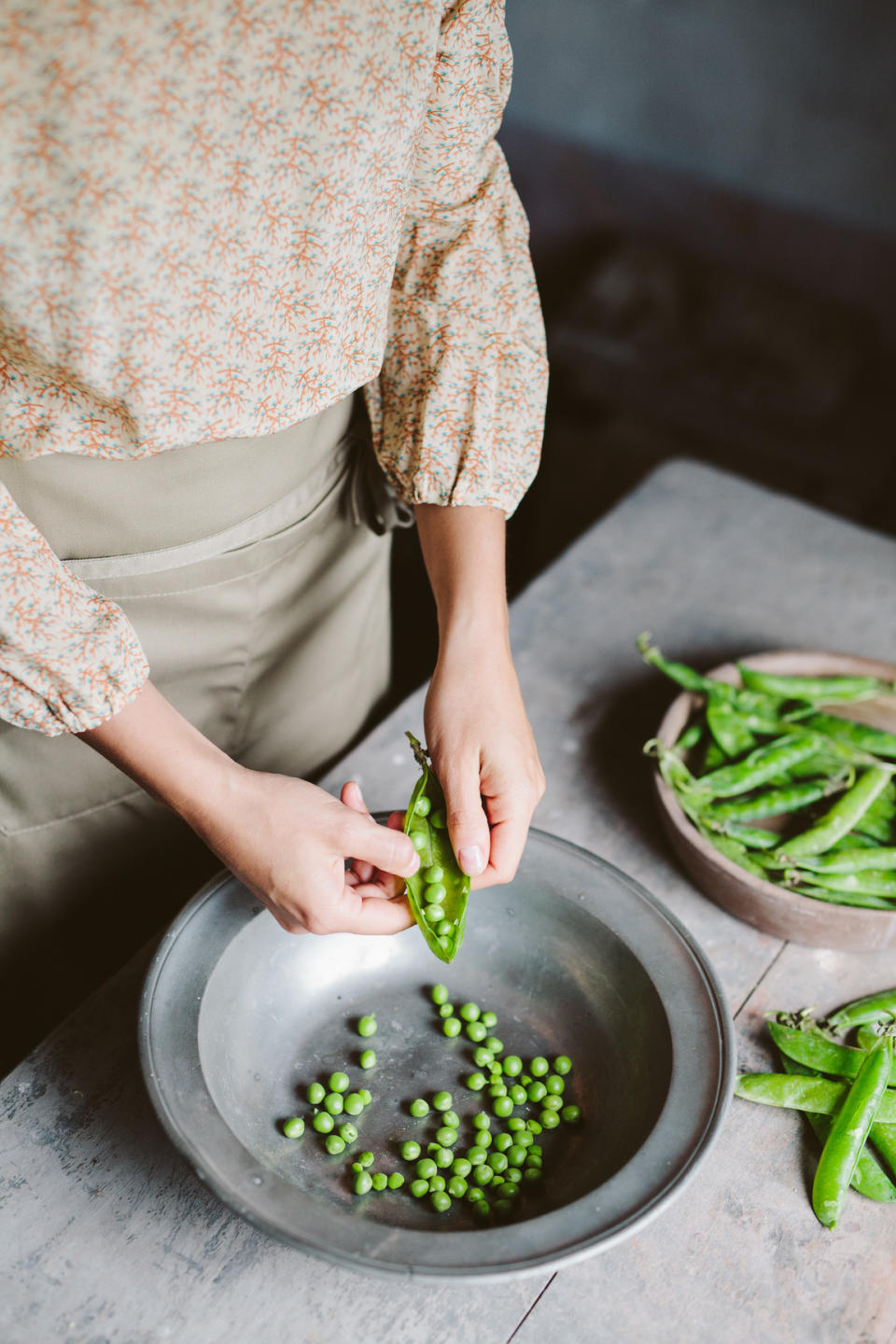
Photo: Stocksy/Alberto Bogo
Raw Food Diet
The Raw Food Diet is like Clean Eating but without the fun. Not only are you eating mostly vegetables, but all of your food is cold. (Well, it can be slightly warm — just not over 118 degrees.) Though you won’t be cooking, you will still be spending most of your time in the kitchen, spiralizing, soaking, germinating, dehydrating, and rehydrating, all in the hopes of making zucchini and cashews taste like fettuccine Alfredo. Some raw foodists consume unpasteurized dairy, raw eggs, and raw meat, but most stick to vegetables.
Pros: You’ll get a lot of fresh produce, which means you’ll be getting plenty of vitamins, minerals, and fiber, and you’ll become an absolute wizard with a food processor. (You’ll also become pretty good at lying to yourself about what pasta tastes like.)
Cons: It’s a lot of work, and it’s not necessary. Though some raw-foodists claim that cooking food not only destroys nutrients but makes food “toxic,” this is very much not the case. In fact, not only does heat “boost some nutrients, like beta-carotene and lycopene,” but it also has the handy side effect of killing bacteria and other harmful pathogens. A raw food diet is also highly restrictive, making it much harder to stick to, and not exactly friendly to anyone is predisposed to disordered eating.
Best books: Everyday Raw and Everyday Raw Express, both by Matthew Kenney; Practically Raw: Flexible Raw Recipes Anyone Can Make by Amber Shea Crawley; Rawsome Vegan Baking: An Un-Cookbook for Raw and Gluten-Free, Vegan, Beautiful and Sinfully Sweet Cookies, Cakes, Bars and Cupcakes by Emily von Euw
Best blogs: This Rawsome Vegan Life, Pea Soup, Julie’s Raw Ambition
More: 9 Ways You’re Already Screwing Up Your New Year’s Resolutions
VB6 (Vegan Before 6)
When food writer Mark Bittman (formerly of the New York Times) began VB6, it was for his own good. Bittman was overweight and pre-diabetic, and instead of going on a regimen of pills or adopting a completely vegan diet, he opted to become a flexitarian, eating vegan meals before supper while still enjoying animal products and byproducts after 6 p.m.
The diet, however, is slightly misnamed, and should really be called “Very Healthy Vegan Before 6.” Contrary to what some believe about the vegan lifestyle, a vegan’s diet can be just as unhealthy as an omnivore’s. French fries, tortilla chips, rice, and non-dairy cheese substitutes are all free of meat, dairy, and eggs, but “French Fries Before 6” (the diet book I tried to get published) isn’t that effective. Fruit and vegetables are at the forefront of Bittman’s plan, and nuts, legumes, and whole grains round out one’s “pre-dinner” meals. After 6, all bets are off, and you are free to enjoy meat, dairy, processed foods, and even sugar and alcohol, though Bittman encourages moderation if you are trying to lose weight.
Pros: VB6 is intended to be less of a diet and more of a “lifestyle change.” The program is designed to give you healthier daily habits while never feeling deprived. “Cheating” is built in, and Bittman advises adapting VB6 to fit your needs. If you absolutely have to have eggs for breakfast, have them, but then you’ll need to be vegan for the remainder of the day. You’ll also become a better cook on VB6 and learn how to prepare beans and rice in increasingly creative ways. Finally, because you’re free to enjoy your favorite treats in the evening, you’re less likely to feel deprived and more likely to stick to the healthy habits you adopt during the day.
More: The Only Weight-Loss Soup Recipe You Need
Cons: Eating breakfast, lunch, and brunch out will be a bit of a challenge. Also, you may not lose any weight. If your main concerns are health, sustainability, and getting more green things in your mouth, VB6 is a great option, but if you’re looking to quickly shed pounds, Bittman’s not-exactly-strict program may not be the choice for you.
Best books: VB6: Eat Vegan Before 6:00 to Lose Weight and Restore Your Health … for Good and The VB6 Cookbook, both by Bittman; The Oh She Glows Cookbook by Angela Liddon
Best blogs: There aren’t really any dedicated VB6 blogs, but any good vegan blog like Oh She Glows, This Rawsome Vegan Life, and Post Punk Kitchen are worth checking out. (The Vegan Stoner is probably my favorite vegan blog, but it’s a little more junk-food-focused than what Bittman prescribes.)
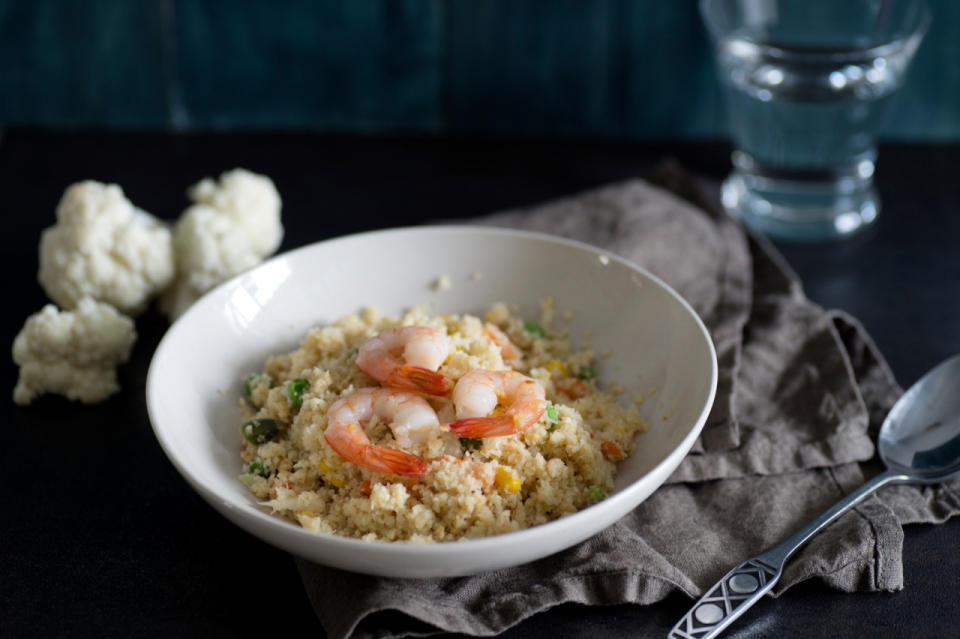
Cauliflower Fried Rice Photo: Stocksy/Alita Ong
Paleo (Caveman Diet)
Unless you are literally living in an actual cave, you have heard about the “eating like a caveman” fad. Hinging on the idea that our bodies haven’t had enough time to adapt to eating “modern” foods such as wheat or sugar, the paleo diet avoids anything that came about as a result of agriculture (which some would argue was the most important factor in establishing modern civilization). Every paleo seems to have a slightly different vision of what the “best” version of a Neolithic diet is, but all agree that one should partake in unprocessed and whole foods such as grass-fed beef, eggs, seafood, and vegetables. Fruits, nuts, and seeds are to be consumed in moderation, and legumes, grains, gluten, and sugar (as well as anything that would be considered “junk food”) are avoided and are often referred to as “toxic.” I’m also not totally sure why, but bone broth is considered magical.
More: How a Stroke at 25 Inspired a Life Change for ‘the Domestic Man’
Pros: A paleo diet can be quite healthy, assuming you actually eat the suggested vegetables. Though bacon is allowed (and is definitely a “pro”!), proponents of this lifestyle are not suggesting you eat plates and plates of cured pork meat. Vegetables are a big part of paleo, and a lot of paleo plans look a whole lot like Whole30. There’s also a focus on buying higher-quality meats, which tend to be more humanely raised, so that’s a plus, and anything that gets you cooking at home is a step in the right direction.
Cons: Grains are not bad for you, beans are not bad for you, and this diet is impossible if you’re vegetarian. It’s restricting in a way that will affect your social life, and it can be quite expensive, because fancy meat is expensive. (Also, some paleo plans don’t allow salt, which is just not right.)
Best books: Against All Grain: Delectable Paleo Recipes to Eat Well & Feel Great by Danielle Walker; Practical Paleo: A Customized Approach to Health and a Whole-Foods Lifestyle by Diane Sanfilippo; Paleo Perfected: A Revolution in Eating Well With 150 Kitchen-Tested Recipes by America’s Test Kitchen
Best blogs: Nom Nom Paleo, Everyday Paleo, The Domestic Man
More on healthy eating from Yahoo Food:
Cauliflower Rice Will Make Your Favorite Dishes Carb-Free
How to Make Healthy Kale Chips in Your Microwave
Jennifer Aniston Loves Lasagna and Pizza, Hates Beets and Caviar

